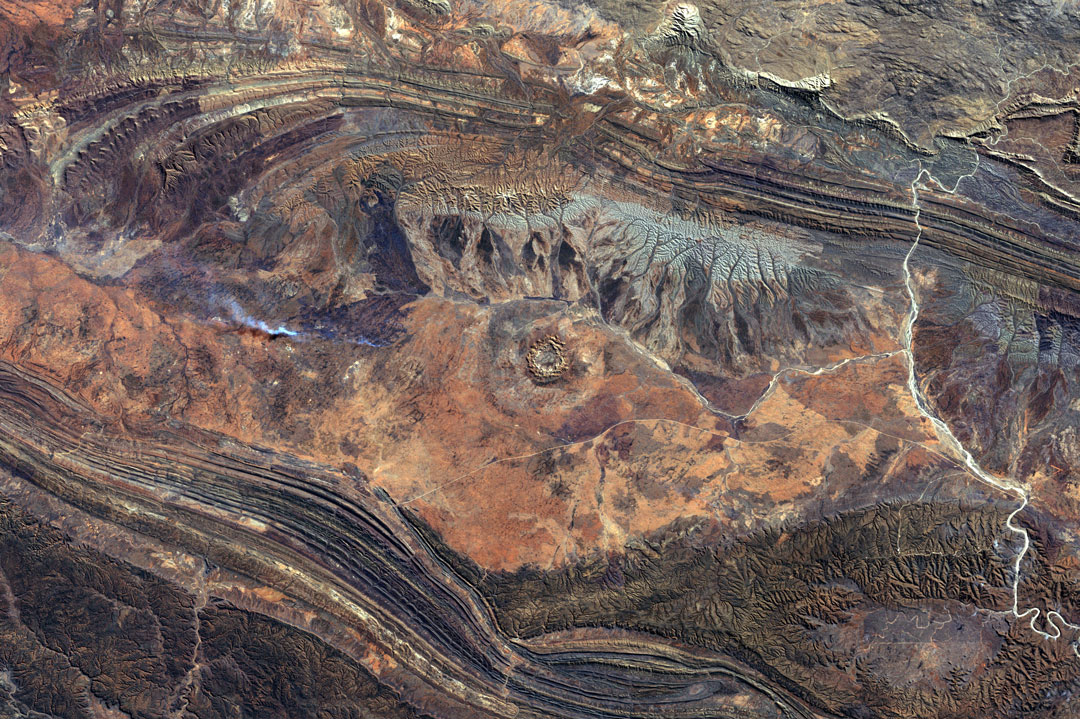
With business spending in manufacturing research and development (R&D) falling over the past decade, a new focus on science and R&D in the Morrison Government’s manufacturing strategy has been welcomed by Australia’s leading science body.
The Australian Academy of Science says the strategy’s focus on increased collaboration between manufacturing and Australian scientists is important and plays to our nation’s strengths.
The Academy’s Secretary for Science Policy, Professor David Day FAA, says as a nation we have to look to where we have a comparative advantage, not just a competitive advantage, and the Government’s manufacturing strategy promises to do that.
“Resources technology and critical minerals are key priority areas announced in today’s manufacturing strategy and today in his Press Club speech the Prime Minister highlighted the increasing international demand for critical minerals,” Professor Day says.
“The Academy’s 10 year plan for Australian Geoscience, launched in 2018, highlighted the need to ensure the right infrastructure is in place to know how and where to explore for the critical resources needed for Australia’s future.”
One of the proposals in the Academy plan is to develop a ‘downward-looking telescope’ that could look at least 300 km beneath Earth’s surface to unlock Australia’s hidden mineral wealth.
Professor Day says manufacturing is a major funder of R&D in Australia.
“However, business investment in manufacturing R&D has been declining in the last decade from almost $5.5 billion to $4.6 billion (in current prices), so this new investment into revitalising Australian manufacturing, supported by Australian science and technology, cannot come soon enough.
Professor Day says the current and looming job losses from universities and other research institutes are of great concern and it is imperative that opportunities are created within the manufacturing sector to redeploy the early- and mid-career researchers losing their current positions.
"We have invested heavily in these people and they represent an opportunity to turbo-charge the manufacturing sector with fresh people, ideas and innovation.
“As a nation we invest more than $1 billion a year training PhD graduates so we should grasp this opportunity to enrich and develop a new high-tech industrial workforce,” Professor Day says.
The Academy’s Federal Budget submission includes a number measures to take advantage of and complement the Government’s new manufacturing strategy including:
“If this strategy is to succeed, as an economy we will need to deepen our investment in STEM skills and research collaboration to provide the scientifically literate workforce and ideas to succeed and prosper in a post pandemic world,” Professor Day says.
“A modern, growing, manufacturing sector working hand in hand with Australian science promises to be key to our economic recovery from the recession.”
The Academy looks forward to seeing more detail on the Government’s manufacturing strategy and working with it to ensure it is underpinned and informed by science.
© 2025 Australian Academy of Science